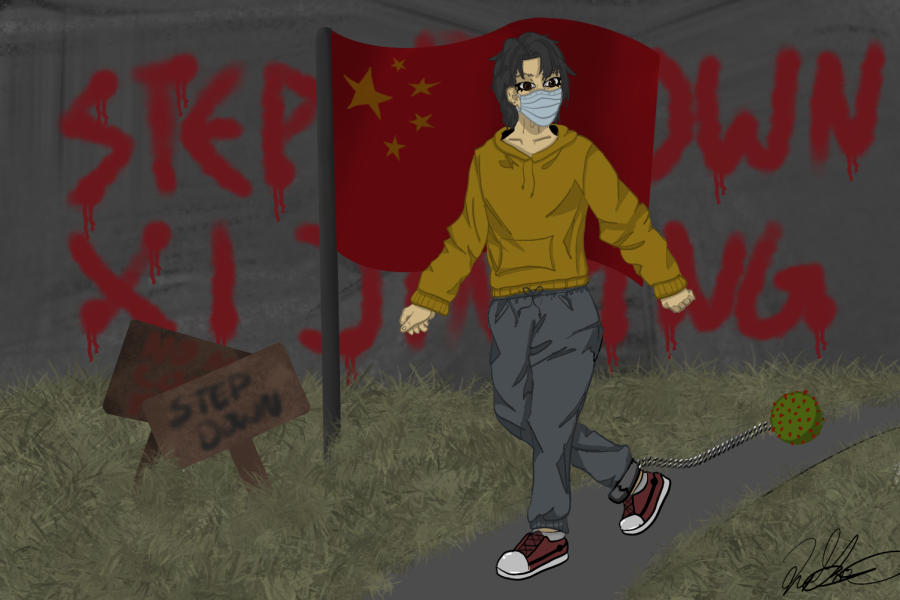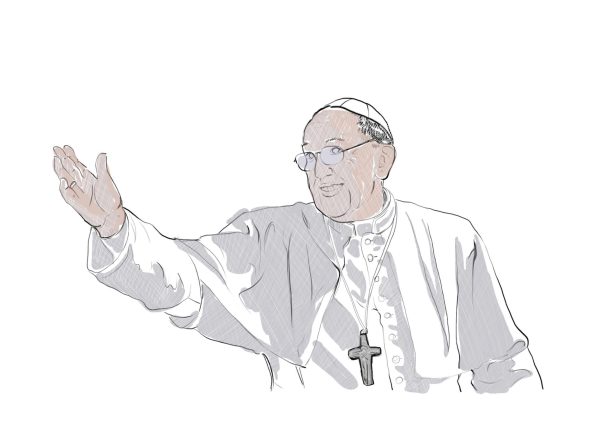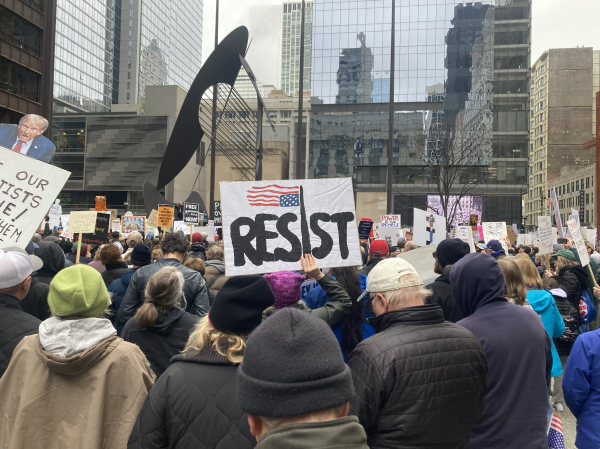China Relaxes Zero-COVID Policy After Widespread Protests
Learn about what prompted the change and what’s next for the country.
China has been one of the few countries in the world which continues to maintain a strict zero-COVID policy, the goal of which is to prevent transmission of the virus completely. The policy was largely successful in reducing cases and deaths in the country from May through October, but in recent weeks, due to the Omicron variant, cases increased from a few hundred a day to upwards of 10,000 new cases. Deaths also increased from one to two per day to over 20. These spikes caused Chinese officials to escalate their enforcement of the already strict protocols the country has in place. Protests against these severe restrictions erupted across China last week when a fire killed 10 people who were unable to escape the building due to COVID lockdown mandates.
China’s zero-COVID policy relies on constant testing and strict lockdowns to reduce the spread of the virus, which lowers the number of deaths and severe cases because those at high risk for severe infection are never exposed. However, with the Omicron variant, avoiding transmission has become almost impossible because of how easily the virus now spreads. 15 other countries attempted similar zero-Covid strategies, but they were unable to carry them out once the Omicron variant arose.
However, for most of the pandemic, China’s zero-COVID policy was wildly successful compared to containment attempts made by other countries. For example, China has reported around 6,000 COVID deaths in a population of 1.4 billion, whereas the United States has reported over 1 million deaths in our population of 330 million. Yet, in the last month, China reported having more than 40,000 cases in one day, which is the first time the country has seen such a high level of transmission.
The government responded with increasingly strict measures aiming to curb the spread of the virus, which included severely limiting citizens’ movements, limiting foreign travel (either to or from the country) whenever possible, and testing millions of people daily. The Chinese government’s push to enforce lockdowns more stringently caused uproar across the country, especially after a fire broke out in an apartment building that killed 10 people and injured 9. Videos of the fire show that firefighters were unable to reach the building in time because of lockdown blockades that had been erected in the streets. Residents in upper story apartments were unable to get out when an elevator stopped working. Others were unable to escape because they had been locked in their apartments after testing positive for COVID. Protests took place across the country in at least 17 different cities. They began as calls for an end to the harsh lockdowns, but now have evolved into calls for political freedom and democracy. Many went so far as to call for Xi Jinping to step down as leader of China.
These protests, and their messages, come as a shock as the Chinese Communist Party continues to increase their control on all aspects of life. Authorities retaliated to many of the protests by arriving at protest sites, often universities, and forcefully dispersing crowds. Some protestors were detained, and many videos posted online have been removed by Chinese censors. However, since the protests, China has relaxed their policies. This included allowing people to ride public transportation without a negative COVID test, reopening some retail centers and restaurants, and allowing those who test positive to quarantine at home rather than in sprawling isolation centers. Yet, most restrictions continue to be lifted slowly with no return to complete normalcy in sight.
As China opens itself back up to the world, it faces threats from all angles. The country could see a drastic increase in COVID cases because of their limited exposure in the last three years. Furthermore, it is in question whether the Chinese economy can handle the sudden strain it will be put under due to pent-up demands for goods and services after many employees were laid off over the last few years. Finally, the protests which rocked the country in the last week represent an undercurrent of unhappiness throughout Chinese citizens. The last time China faced protests of this level was during the Tiananmen Square Incident of 1989. After the last few years of hardship, the Chinese people are beginning to ask themselves whether security and comfort is enough to compensate for the freedom they have lost.

A member of The Advocate since 7th grade, Elizabeth enjoys writing news, school and local, and arts and culture articles. She can't wait to help writers...







